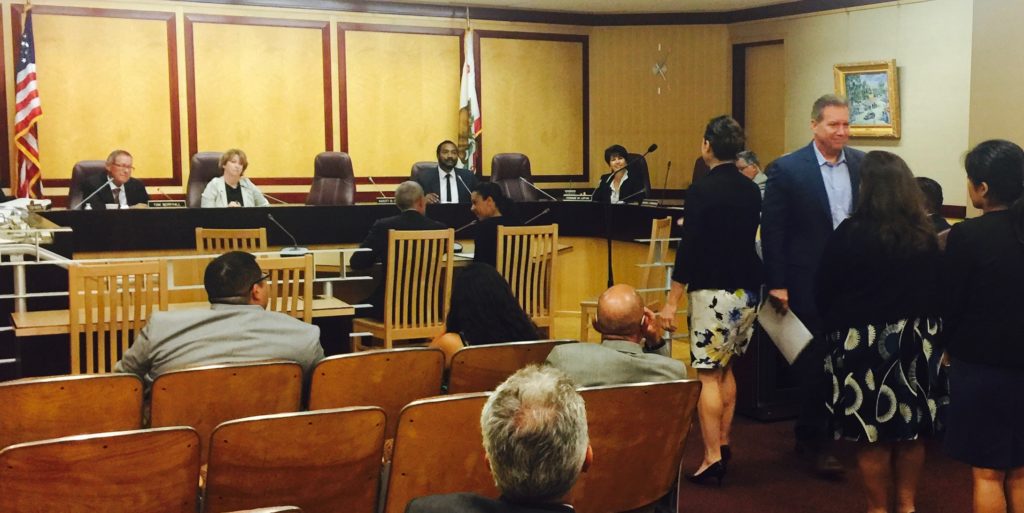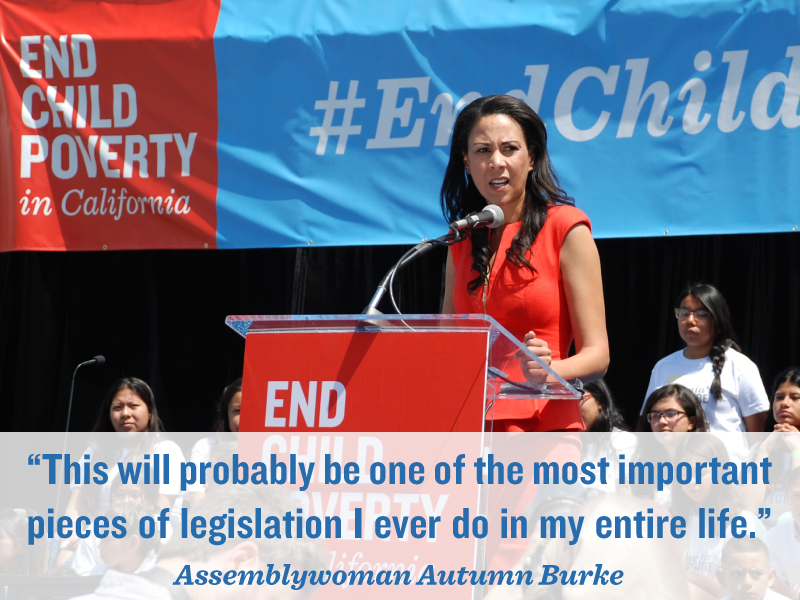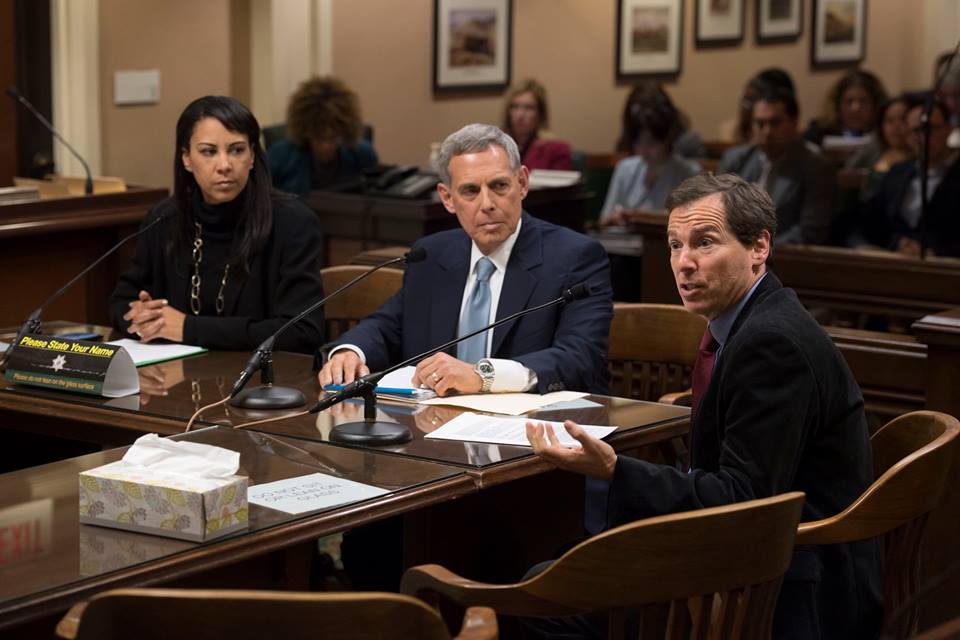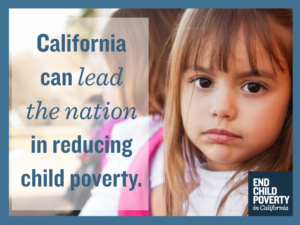BREAKING: AB 1520, The Lifting Children and Families Out of Poverty Task Force, Passes CA Legislature without a Dissenting Vote
Just a day after the U.S. Census Bureau released new numbers that show that California still has the highest rate of child poverty in the nation, California took a groundbreaking step to address the problem by sending AB 1520, the Lifting Children and Families Out of Poverty Task Force, to the Governor’s desk.
“California is a global leader in climate change and progressive politics, yet we have the highest rate of child poverty in the country—almost 2 million children,” said Conway Collis, CEO of the nonprofit GRACE, a sponsor of the bill. “We have a chance to turn that around. Governor Brown now has AB 1520 in his hands, bipartisan legislation that passed the legislature without a dissenting vote, that will take a crucial step towards reducing child poverty in our state. On behalf of the almost 50 organizations supporting AB 1520 we urge him to sign it.”
AB 1520, the Lifting Children and Families Out of Poverty Task Force, will convene a group of experts from inside and outside of government who will set a framework for California to dramatically reduce its child poverty rate by investing in proven solutions such as voluntary home visiting; high-quality, affordable early childhood education; after-school and summer programs; earned income tax credits for working families; and job training. Learn more here.
Child poverty is a problem that can be solved, and AB 1520 is a critical first step to doing just that.
For updates and action alerts, join the campaign.
***
AB 1520 Supporters
- GRACE (sponsor)
- Alameda County Board of Supervisors
- Bonnie M. Dumanis San Diego County District Attorney
- California Alternative Payment Program Association
- California Catholic Conference
- California Coverage and Health Initiatives
- California Legislative Black Caucus
- California State Parent Teacher Association
- California Health+ Advocates
- Catholic Charities of Santa Clara County
- Children Now
- Children’s Defense Fund
- Crystal Stairs
- First 5 California
- First AME Church of Los Angeles
- First Focus Campaign for Children
- Golden State Opportunity
- Health Access California
- Jewish Public Affairs Committee
- Junior Leagues of CA
- LA PROMISE
- Los Angeles Area Chamber of Commerce
- Los Angeles Promise Neighborhood
- Los Angeles Urban League
- Moneta Gardens Community Center
- Mothers In Action, Inc.
- National Association of Social Workers, CA Chapter
- National Foster Youth Institute
- One For All (OFA)
- Public Counsel
- San Diego County District Attorney
- SHIELDS for families
- Social Justice Learning Institute
- South Bay Community Services
- South Bay Universal Child Development Center
- St. John’s Well Child & Family Center
- St. Joseph Center Planting Hope & Growing Lives
- University of Southern California
- Western Center on Law and Poverty
- Youth Policy Institute
AB 1520 Author
Assembly Member Autumn R. Burke
AB 1520 Co-Authors
Assembly Members
Assemblymember Catharine B. Baker (R, District 16)
Assemblymember David Chiu (D, District 17)
Assemblymember Jim Cooper (D, District 9)
Assemblymember Cristina Garcia (D, District 58)
Assemblymember Todd Gloria (D, District 78)
Assemblymember Monique Limón (D, District 37)
Assemblymember Chad Mayes (R, District 42)
Assemblymember Blanca E. Rubio (D, District 48)
Assemblymember Marc Steinorth (R, District 40)
Assemblymember Tony Thurmond (D, District 15)
Senators
Senator Joel Anderson (R, District 38)
Senator Steven Bradford (D, District 35)



